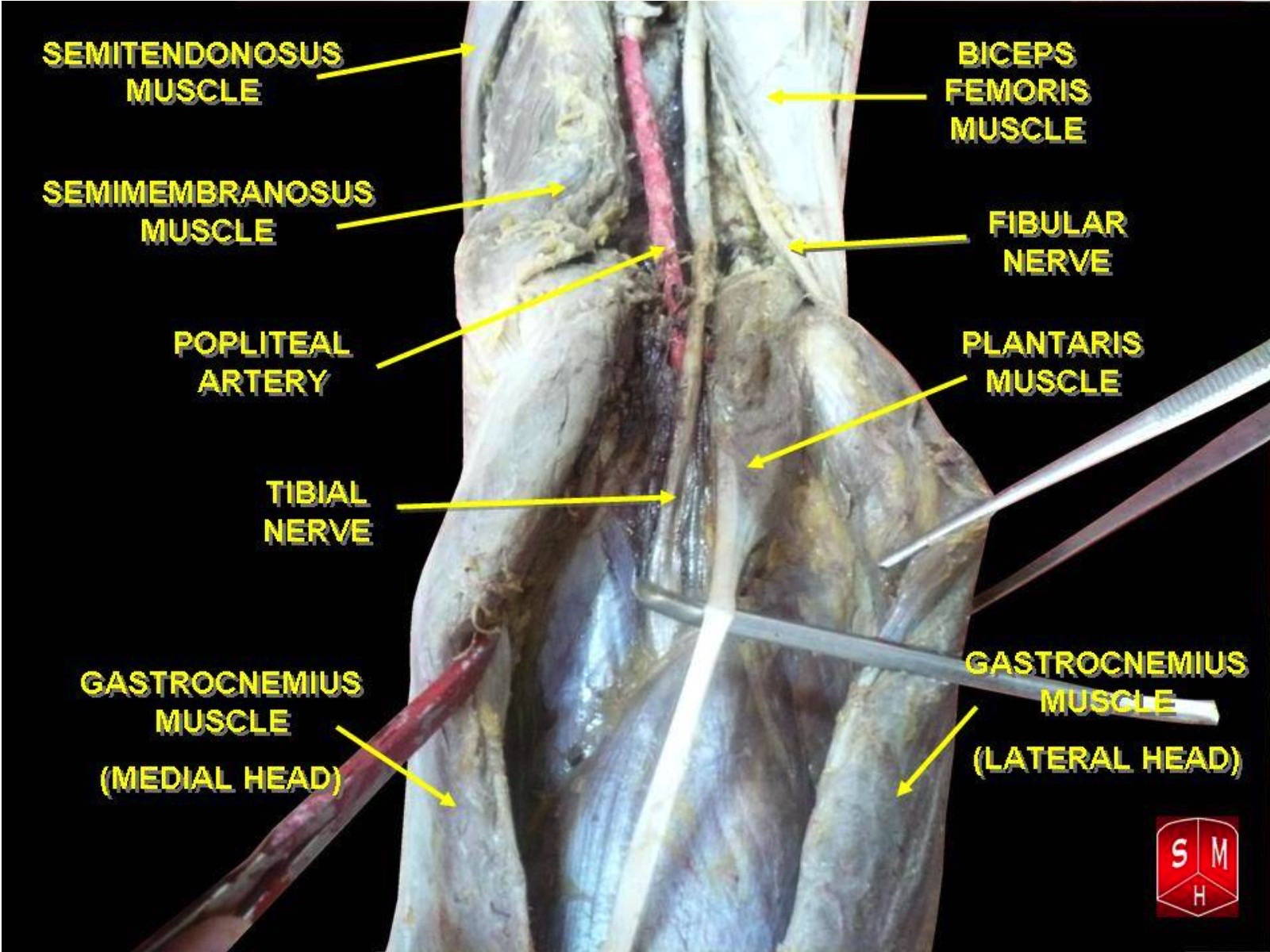Continuing posterior tibial nerve stimulation after twelve weekly sessions: a randomized controlled trial

Submitted: 13 May 2020
Accepted: 16 November 2021
Published: 14 February 2022
Accepted: 16 November 2021
Abstract Views: 1998
PDF: 395
Publisher's note
All claims expressed in this article are solely those of the authors and do not necessarily represent those of their affiliated organizations, or those of the publisher, the editors and the reviewers. Any product that may be evaluated in this article or claim that may be made by its manufacturer is not guaranteed or endorsed by the publisher.
All claims expressed in this article are solely those of the authors and do not necessarily represent those of their affiliated organizations, or those of the publisher, the editors and the reviewers. Any product that may be evaluated in this article or claim that may be made by its manufacturer is not guaranteed or endorsed by the publisher.
Similar Articles
- Daniele Porru, Valentina Bobbi, Carmelo Di Franco, Alessandra Viglio, Mattia Novario, Carmine Tinelli, Barbara Gardella, Rossella Nappi, Arsenio Spinillo, Marco Paulli, Bruno Rovereto, Time of symptom onset and histologic findings in bladder pain syndrome/interstitial cystitis: new findings on useful correlations , Urogynaecologia: Vol. 30 No. 1 (2017)
- Sonika Mann, Amit Mann, Pushpa Dahiya, Krishna Dahiya, Bladder stone: still a rare cause of obstructed labour , Urogynaecologia: Vol. 26 No. 1 (2012)
- Ali Mahmood, Prianka Gajula, The role of the urogynecologist with sphincteroplasty: a multidisciplinary approach to a very common, yet devastating problem , Urogynaecologia: Vol. 26 No. 1 (2012)
- Farzana Bashir, Abdul Rouf Khawaja, Yaseer Dar, Tanveer Dar, Javeed Magray, Transobturator-tape outside in (TVT-O) as saviour for female stress urinary incontinence without available cystoscope for gynecologist: A case series , Urogynaecologia: Vol. 34 No. 1 (2022)
- Kemal Sarsmaz, Asli Goker, Naci Kemal Kuscu, Leiomyoma as a cause of urinary retention , Urogynaecologia: Vol. 27 No. 1 (2013)
- Pierre Marie Tebeu, Charles-Henry Rochat, Jean Marie Kasia, Thérèse Delvaux, Perception and attitude of obstetric fistula patients about their condition: a report from the Regional Hospital Maroua, Cameroon , Urogynaecologia: Vol. 24 No. 2-3 (2010)
- Khaled Refaat, Constanze Fischer-Hammadeh, Mohamad Eid Hammadeh, Overview of pelvic floor failure and associated problems , Urogynaecologia: Vol. 26 No. 1 (2012)
- Abdul Rouf Khawaja, Farzana Bashir, Arif Bhat, Yaser Dar, Sajad Malik, Saleem Wani, Transvaginal subfascial synthetic mesh sling in female stress urinary incontinence: A Novel technique , Urogynaecologia: Vol. 32 No. 1 (2020)
- Vineet Mishra, Smit Solanki, Rohina Aggarwal, Athulya Shajan, Patients with transobturator tape: a retrospective observational study of ten-year follow-up , Urogynaecologia: Vol. 36 No. 1 (2024)
- V. Leanza, N. Gasbarro, S. Caschetto, NEW TECHNIQUE FOR CORRECTING BOTH INCONTINENCE AND CYSTOCELE: T.I.C.T. (TENSION-FREE INCONTINENCE CYSTOCELE TREATMENT) , Urogynaecologia: Vol. 15 No. 3 (2001)
<< < 1 2 3 4 5 6 7 8 9 10 > >>
You may also start an advanced similarity search for this article.

 https://doi.org/10.4081/uij.2022.251
https://doi.org/10.4081/uij.2022.251



